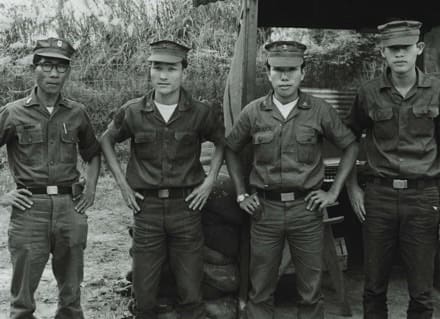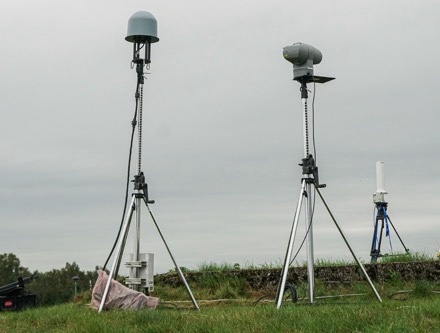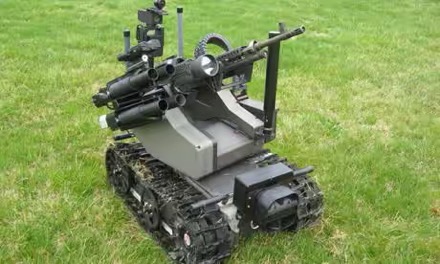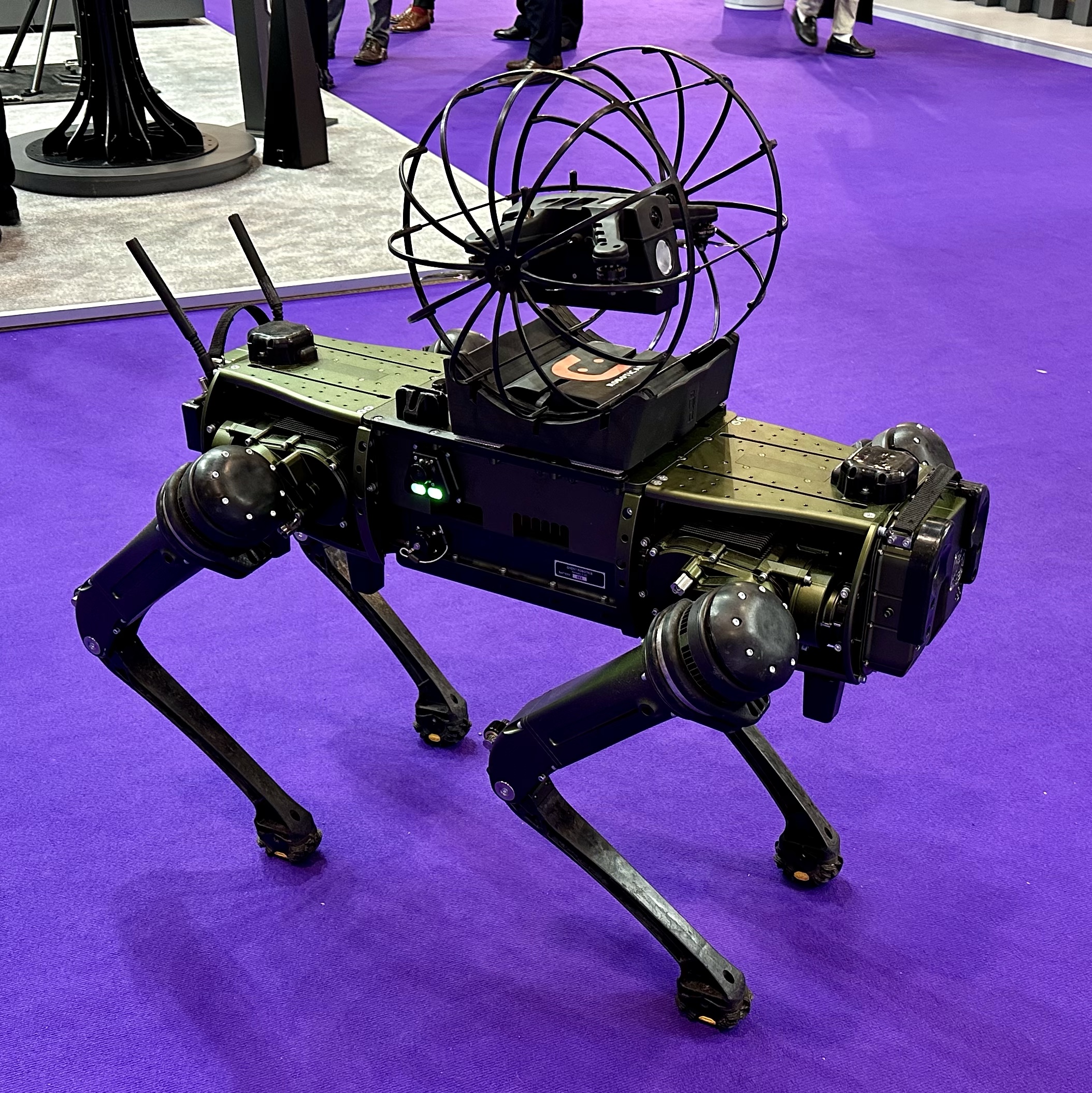SAN DIEGO – 03 March 2025 – General Atomics (GA) today announced the strategic acquisition of North Point Defense, Inc. (NPD), a leading provider of Signals Intelligence (SIGINT) exploitation software and sensor integration, by General Atomics Integrated Intelligence, Inc. (GA-III), formerly known as General Atomics Commonwealth Computer Research, Inc. This acquisition enhances GA’s capabilities in the rapidly evolving SIGINT field, positioning the company to deliver advanced ISR solutions for air, sea, ground, and space platforms.
From concept to deployment, NPD delivers AI/ML-based autonomous signal processing and data dissemination solutions providing real-time actionable intelligence, supporting tactical and national mission priorities. “Joining GA represents an incredible opportunity to enhance our impact in delivering cutting-edge SIGINT solutions in support of national and tactical users,” said Bruce Benenati, President of NPD. “As part of a mission-focused organization with a proven track-record in tactical intelligence across the DoD and IC, we can accelerate innovation and deployment at scale. The integration gives our team access to unmatched operational expertise, resources, and a broader customer base. Together, we are poised to deliver even greater capabilities to those who depend on us in the field.”
GA-III is committed to providing a comprehensive suite of “out-of-the-box” hardware and software tools to meet mission requirements and expand the innovative intelligence capabilities within the GA group of companies. “The integration of NPD technologies into a division of GA-III is a strategic shift, enhancing GA’s ability to innovate rapidly and provide greater value to customers with end-to-end ISR solutions that are more efficient, effective, and technologically advanced.” said Brian Ralston, President of GA-III.
Baird served as the exclusive financial adviser and Miles & Stockbridge acted as legal counsel to North Point Defense on the transaction.





















































































































